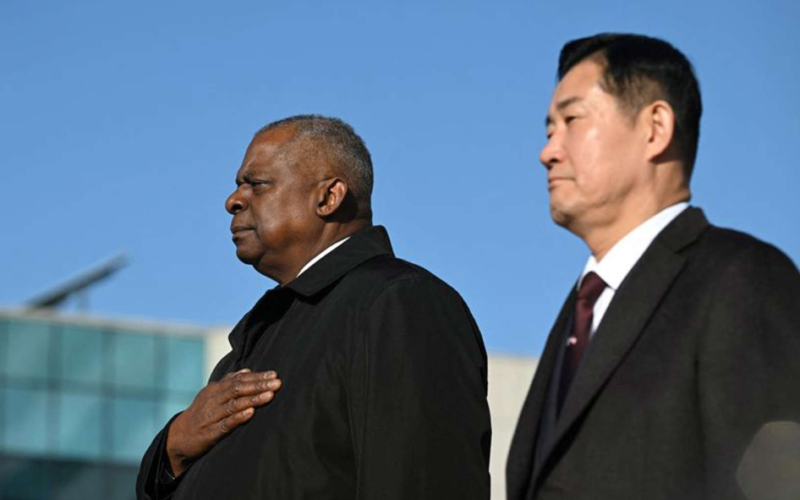South Korea and the United States have jointly revised their bilateral security agreement, focusing on enhancing deterrence against North Korea’s advancing nuclear and missile capabilities. The updated Tailored Deterrence Strategy (TDS) was signed by South Korean Defense Minister Shin Won-sik and U.S. Defense Secretary Lloyd Austin during security talks in Seoul. This revision reflects the necessity to address the evolving threats posed by North Korea’s rapid advancements in its missile and nuclear programs.
The specifics of the updates to the TDS have not been immediately disclosed by the Defense Ministry. However, the agreement fundamentally emphasizes the commitment of the United States to employ strategic military assets, including nuclear forces, to defend its allies. First established in 2010, the TDS has gained increased importance as North Korea continues its pursuit of ballistic missile and nuclear capabilities.
In addition to the revised strategy, South Korea and the U.S. affirmed their commitment to intensify joint drills and cooperation with Japan to effectively deter and prepare for potential North Korean aggression. Recent visits by a U.S. nuclear ballistic missile submarine and a B-52 to South Korea were highlighted as significant milestones in deterrence efforts by U.S. Defense Secretary Austin.
Despite facing various global crises, the U.S. military, as part of its commitment, plans to maintain the tempo of deployments to the Indo-Pacific region. Austin emphasized that recent deployments demonstrated the dedication to promises made and reinforced the region’s capability to respond effectively to emerging situations.
A recent study by the Atlantic Council think tank emphasized the increased risk of U.S. and South Korean deterrence failure within the next decade due to changes in North Korean and Chinese capabilities. The study, drawing insights from over 100 experts, suggested the necessity for significant steps to strengthen deterrence, acknowledging potential limited military actions by North Korea, including the possibility of nuclear strikes.
The revised bilateral security agreement and intensified joint drills underscore the ongoing commitment of the U.S. and South Korea to address the evolving security landscape on the Korean Peninsula. As North Korea continues its pursuit of advanced weaponry, the collaborative efforts aim to enhance deterrence capabilities and readiness to respond to potential threats. Regional dynamics and evolving geopolitical situations will likely continue to shape the strategic landscape in East Asia.








